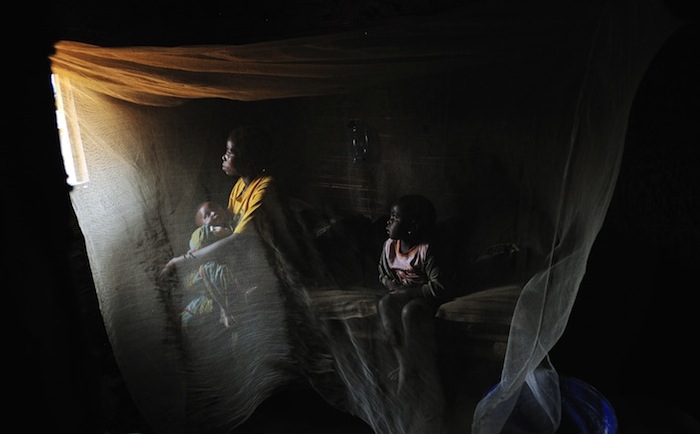WMC Women Under Siege Conflict Report: Democratic Republic of Congo (2012)

Four women are raped every five minutes in the Democratic Republic of Congo, according to a study done in May 2011 by three researchers, including SUNY’s Tia Palermo. “These nationwide estimates of the incidence of rape are 26 times higher than the 15,000 conflict-related cases confirmed by the United Nations for the DRC in 2010,” says Palermo. The level of sexualized violence has received an intense amount of international focus, which has revealed the varied kinds of horrors soldiers have perpetrated against women, even while the country maintains the highest number of U.N. peacekeeping forces in the world.
The humanitarian situation in DRC, according to international relief organization Oxfam America, is also “among the worst in the world,” with 5.4 million dead since the outbreak of war in 1998, most from preventable diseases. The country is approximately the size of Western Europe—and rich with diamonds, gold, copper, cobalt, and zinc, among other minerals. But instead of being a boon to the country, these resources have become the fodder for conflict as warlords, corrupt government officials, and competing ethnic groups and corporations fight to master them. Sexualized violence has become one of the choice tools in this struggle. The story of DRC is full of colonial dominance, war, and poverty—all of which has led it to become known as the rape capital of the world.

“The scale of rape over Congo’s years of war has made this crime seem more acceptable,” says Susan Bartels, the lead researcher on a 2010 study on rape in DRC from the Harvard Humanitarian Initiative. Yakin Erturk, special rapporteur of the U.N. Human Rights Council on violence against women, said in 2008 that sexualized violence was perceived as "normal" by local communities in eastern Congo, according to the U.N.’s IRIN news service.
A multinational war involving spillover tensions between Hutus and Tutsis in Rwanda has led to an unstable situation since 1998, despite a peace deal made in 2003. But DRC’s history has been a violent one for decades, due in part to its mineral “curse.” Shortly after it gained independence from Belgium in 1960, its resource-rich province Katanga attempted to secede, and its army mutinied. In 1961, Prime Minister Patrice Lumumba was assassinated by troops loyal to army chief Joseph Mobutu. Mobutu, whose name became synonymous with corruption, seized control of the country in 1965, later renaming it Zaire. During the Cold War, he gained U.S. support by helping operations against Angola, the Soviet ally along its southwest border.
After the Cold War ended, however, the U.S. no longer had an interest in Zaire. The States aided anti-Mobutu rebels in 1997, after Rwanda invaded Zaire to flush out extremist Hutu militias. As the BBC reports, rebels took over Zaire’s capital, Kinshasa, installed Laurent Kabila as president, and called the nation the Democratic Republic of Congo. In just over a year, however, rebels backed by Rwanda and Uganda wrested control from Kabila and took over much of the country’s eastern region. Zimbabwe, Namibia, and Angola tried to block the takeover. In 1999, all six countries signed a peace accord, but unrest continued. Two years later, Kabila was assassinated by a bodyguard and was succeeded by his son Joseph.
Over the next few years, a pattern of violence, peace accords, and more violence continued, with access to land and mineral wealth at the heart of the conflict. Currently, there is still much violence in the region, as well as an overwhelming amount of highly strategic mass rape.
(Click here to read photojournalist Lynsey Addario's blog entry on the difficulties of reporting on DRC's rape survivors.)
More articles by Category: Gender-based violence, International, Violence against women
More articles by Tag:


























